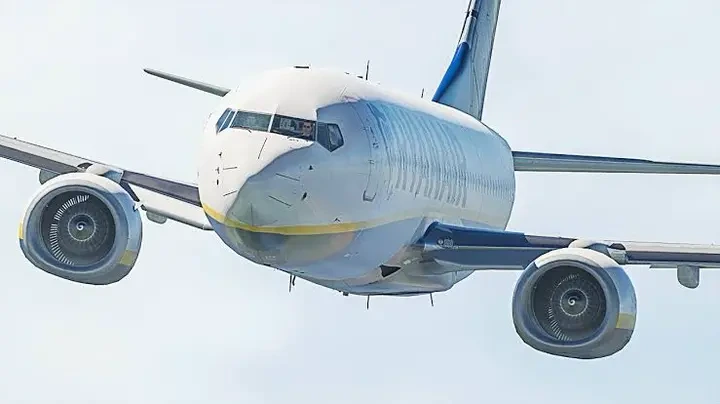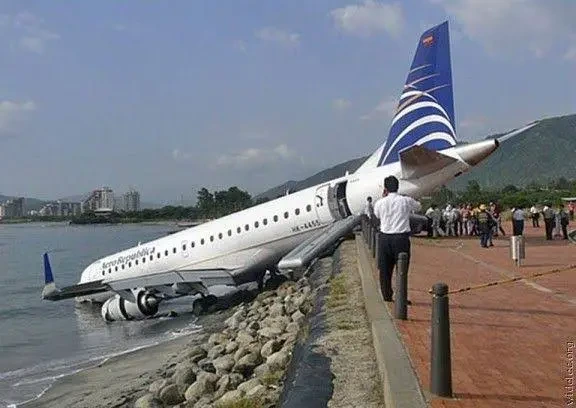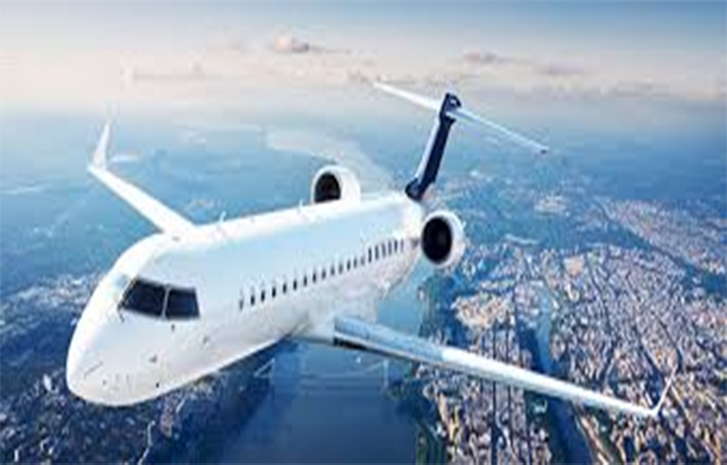One of the most important things airline companies take as their priority is the safety of passengers boarding their aircraft. While there are many safety measures taken to make planes suitable and safe for traveling, ensuring that planes have enough fuel in their tanks is one such measure that is carried out before they take off. This is because fuel insufficiency in an aircraft can cause its engines to stop working, which can lead to its crash. In this article, I’ll explain what happens when an aircraft runs out of fuel while in midair.
First, an aircraft is stabilized by forces from aerodynamic surfaces, which give the needed lift while at the same time balancing the aircraft’s weight, and also by the thrust released by its engines, which helps to propel the plane forward and as well balance the total drag of the aircraft and all the components present in it.
These forces discussed above enable it to move at great speed and high altitudes in a condition known in aviation as “straight level.” An aircraft experiences fuel starvation or exhaustion when its engines run out of fuel while in flight, and this causes it to glide in the air.
 At high altitudes, it possesses a lift-to-drag ratio of 16:1, 18:1, or 12:1. By interpretation, this means that when the engines shut down due to a lack of fuel, they move a distance of 18000, 16000, or 12000 feet or kilometers forward for every one thousand feet or kilometers lost in altitude.
At high altitudes, it possesses a lift-to-drag ratio of 16:1, 18:1, or 12:1. By interpretation, this means that when the engines shut down due to a lack of fuel, they move a distance of 18000, 16000, or 12000 feet or kilometers forward for every one thousand feet or kilometers lost in altitude.
However, with the help of breaks and directions from an air traffic controller at the airport closest to the aircraft, the pilot can control the aircraft while it glides and descends until it lands safely on the ground or in a river, where it not only becomes easy to locate but can also receive assistance.


 Latest4 days ago
Latest4 days ago
 Crime5 days ago
Crime5 days ago
 Agribusiness7 days ago
Agribusiness7 days ago
 Business1 week ago
Business1 week ago
 Business5 days ago
Business5 days ago
 Agribusiness5 days ago
Agribusiness5 days ago
 Crime6 days ago
Crime6 days ago
 Business5 days ago
Business5 days ago

